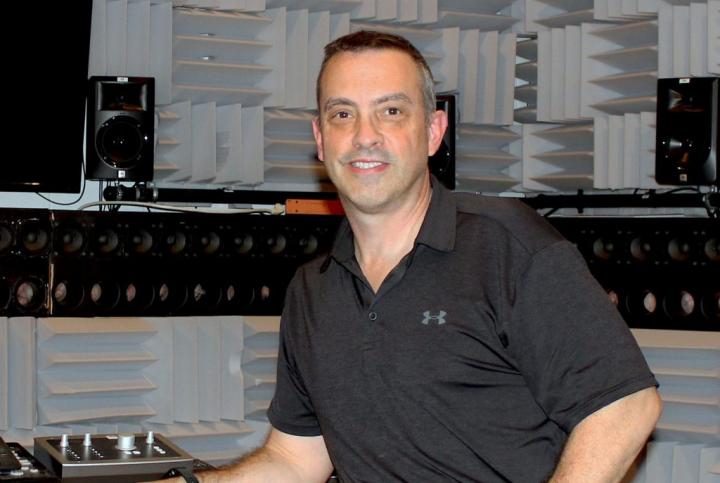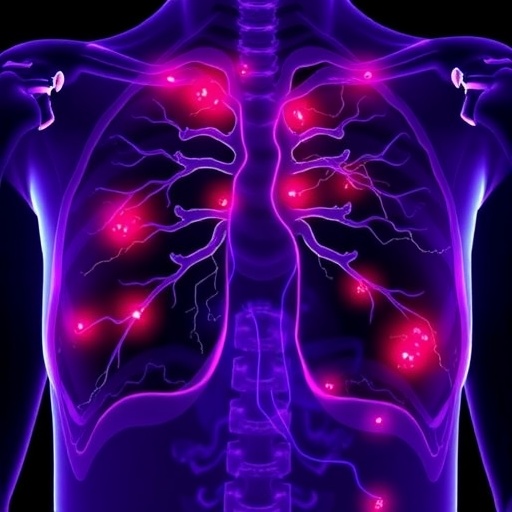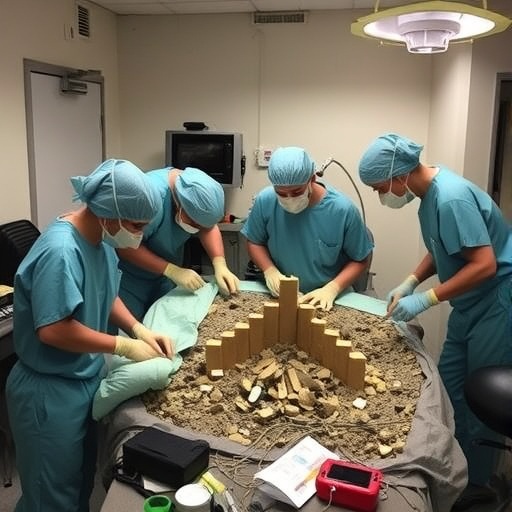
Credit: Michael Roan for Virginia Tech
An interdisciplinary research group at Virginia Tech is using an award of $550,000 to create a virtual environment to test safety measures for the interaction between electric vehicles (EVs) and pedestrians. The award is an 18-month project funded by the Safety through Disruption (Safe-D) University Transportation Center.
EVs brought a significant change to the automotive world when Toyota started mass production of the Prius hybrid in 1997. The Prius engine and many like it introduced a combination of both gas and electric power. This gave the horsepower of gasoline when it was needed, engaging all-electric mode at other times to conserve fuel and reduce emissions.
All-electric mode has another notable difference when compared to an internal combustion engine: noise. While a gas engine announces itself from a distance, electric engines make almost no sound, and are easily drowned out by other ambient noise. Car noises are actually a critical safety measure, making the presence of a vehicle known when approaching pedestrian crosswalks and other areas where foot traffic might intersect with automobiles. This is particularly important for pedestrians with a visual impairment.
To solve this potential safety problem, manufacturers have been developing an acoustic vehicle alerting system (AVAS) for use in new electric and hybrid electric vehicles. These systems make a continuous noise when the car is moving slowly, its loudness between that of a normal conversation and that of a garbage disposal.
Legislation has been moving forward to require these safety measures on EVs, with the most prominent examples coming from the United States and the United Nations Economic Commission for Europe. While the law creates a range of decibel levels, there are many approaches for the type of sound that might best be put into use. Early choices included such options as spaceships and choirs.
The Virginia Tech project will bring legislation together with practical implementation and testing. Taking lead on the project is mechanical engineering professor Michael Roan of the Acoustics, Signal Processing, and Immersive Reality (ASPIRe) Lab. He is joined by Luke Neurauter of the Virginia Tech Transportation Institute and General Motors Engineer Doug Moore.
Roan has worked with General Motors on two previous projects to test the use of various sounds for both legally blind and sighted pedestrians. These projects illuminated the need for additional work in two main areas: First, systems are needed that uniformly broadcast sounds around the front of the vehicle, and second, better understanding is needed to develop warning sounds that are highly detectable, but contribute little to noise pollution.
The group will be testing in the a 3D virtual acoustic environment of Roan’s ASPIRe lab. This will enable the use of a 58.2 high density loudspeaker array and a high-resolution wavefield synthesis system, where the researchers will create an immersive virtual sound environment of street noises and alert sounds. Conducting the tests in this simulated environment will greatly reduce costs while increasing test repeatability and accuracy. Additionally, the virtual acoustic environment will provide car makers with the ability to test detectability performance of their EV sounds in a large number of background noise environments.
“This could greatly advance the development of AVAS,” said Roan. “Being able to quickly recreate a wide array of sound environments means a plentiful amount of data for the effectiveness of alerts, and we are excited to be part of this critical technology development.”
###
Media Contact
Suzanne Irby
[email protected]
Original Source
https:/




